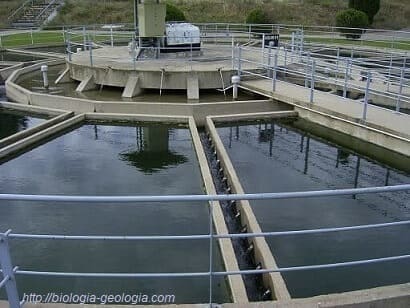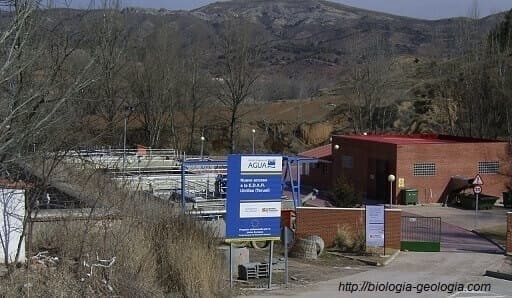Sustainable water management
Water is necessary for most human activities, but even though most of the Earth is covered by water, water is a limited resource. The better the access to water, the better the hygiene and health conditions, and the better the quality of life.
The amount of water available depends on:
- The geographical and temporal distribution of the rains is irregular. There are very rainy places and others where it rarely rains. In addition, many times, the rains are concentrated at a certain time of the year.
In the equator and in the tropical zones the rains are very abundant. In contrast, in areas north and south of the tropics, deserts abound due to low rainfall.
In Spain, there is also a big difference in the precipitations that occur in the north with those that occur in the south of the country.
- Water consumption is increasing. People take more care of their hygiene, there are more and more irrigated fields, and other activities that consume more water.
- Water pollution is increasing, so part of the water remains unusable until it is purified.
Therefore, because water is a limited resource, we must try to manage it sustainably so that it can be used by as many people as possible without causing damage to the environment.
Some measures with which to make sustainable use of water are:
- Avoid overexploitation of aquifers. Aquifers have a limit and if more water is extracted than enters, the water will end and it will not be available.
- Improve the efficiency of pipes and channels to avoid water losses.
- Purify all wastewater.
- Use desalination plants to take advantage of sea water.
- Do not waste water in our house: turn off the tap if water is not used, take a shower instead of bathing, put the washing machine and dishwasher on when they are full, use water-saving devices in the bathroom, etc.

